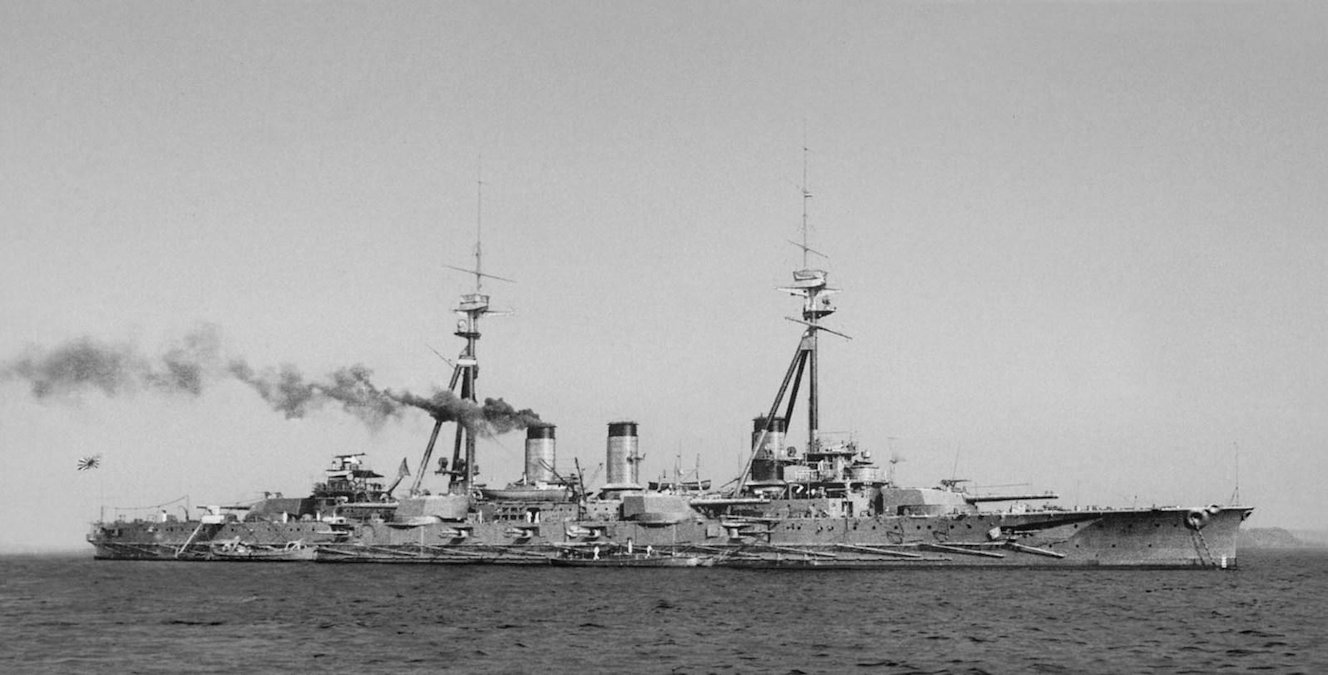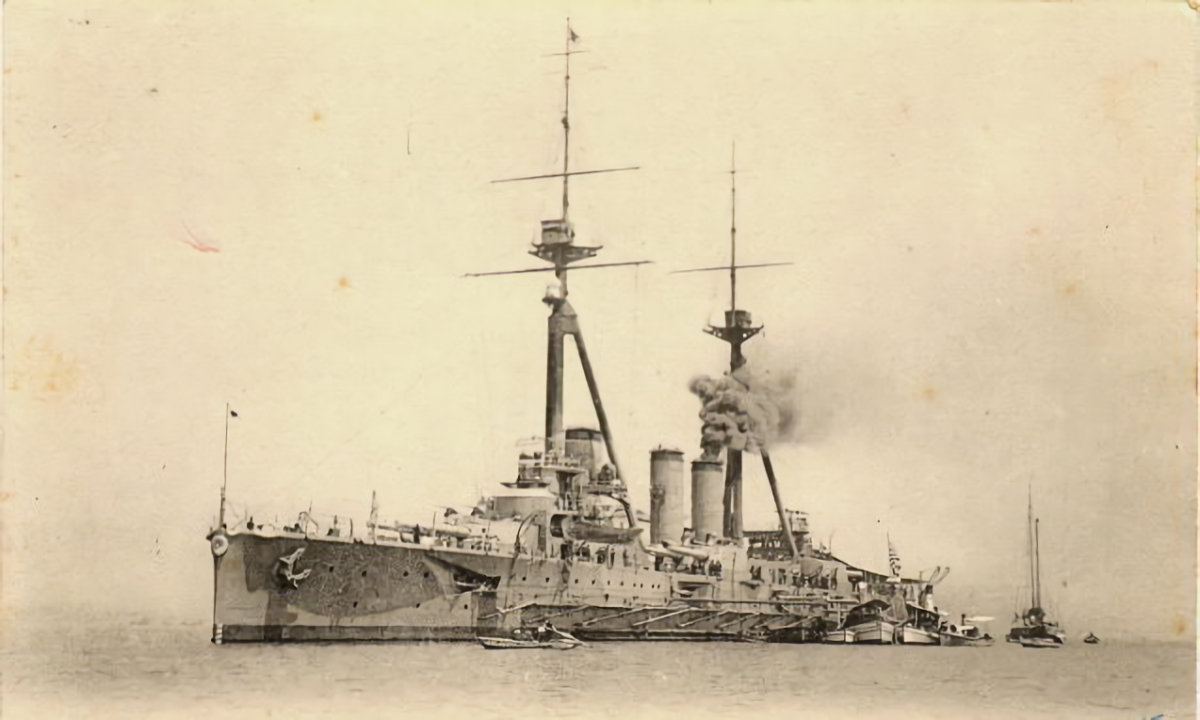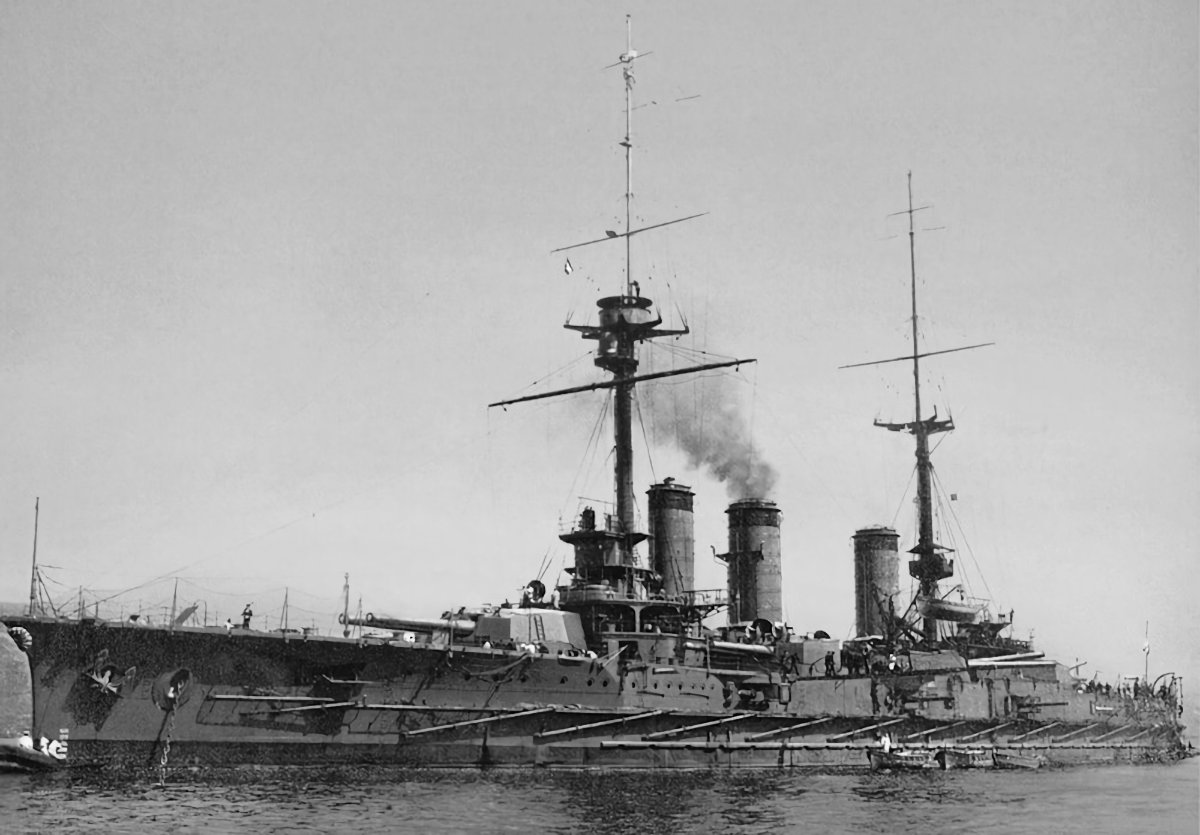Tag: World War One
-
Japanese Battleship Settsu

Japanese Battleship Settsu Settsu was a Kawachi-class battleship built for the Imperial Japanese Navy. Launched on 30 March 1911, she was completed on 1 July 1912. During the First World War, Settsu and her sister Kawachi bombarded German positions at Qingdao during the siege of Qingdao in 1914, but saw no other combat. After World… Read more
-
Japanese Battleship Kawachi

Japanese Battleship Kawachi Kawachi was the lead ship of her class of battleships built for the Imperial Japanese Navy. Launched on 15 October 1910, she was commissioned on 31 March 1912. During the First World War, along with her sister ship Settsu, she bombarded German positions during the siege of Tsingtao. A magazine explosion on… Read more
-
Japanese Battleship Aki

Japanese Battleship Aki Aki was the second of the two-ship class of Satsuma semi-dreadnoughts built for the Imperial Japanese Navy. Launched on 14 April 1907, she was commissioned on 11 March 1911. She saw no combat during the First World War and was disarmed in 1922 to comply with the Washington Treaty. In 1923 Aki… Read more